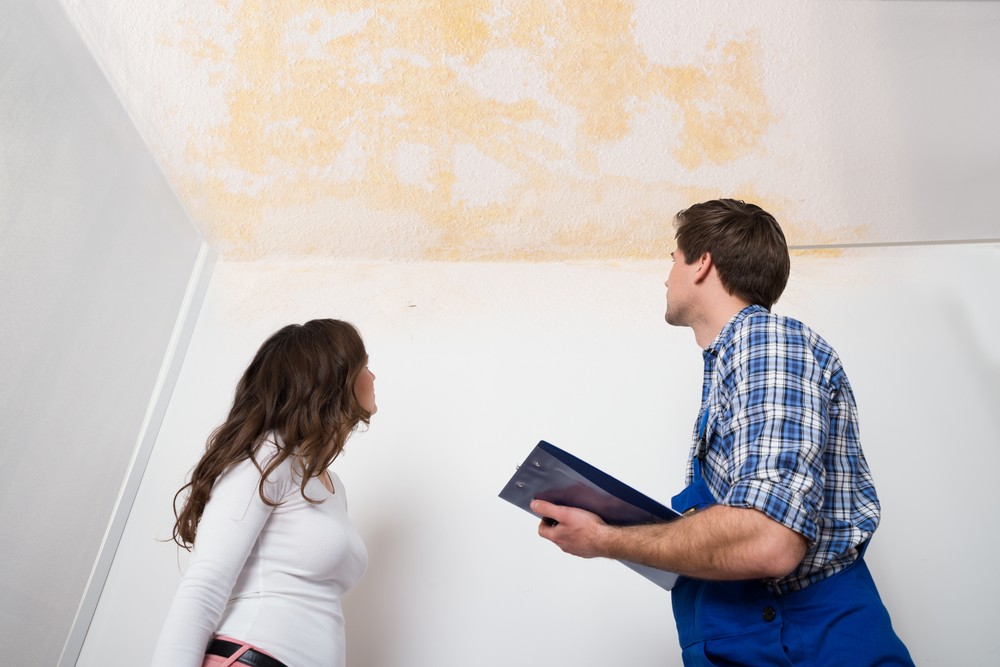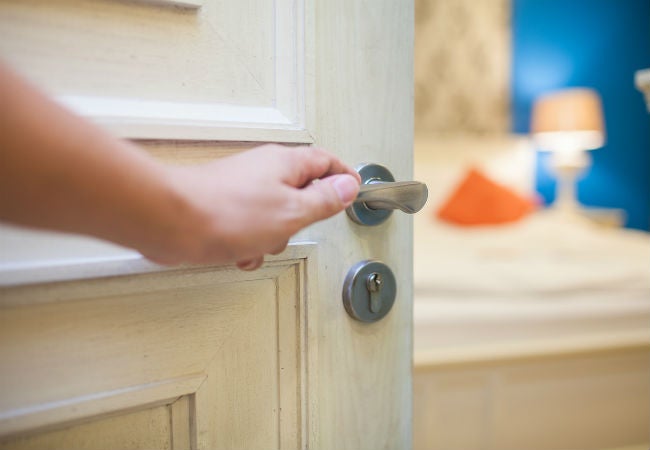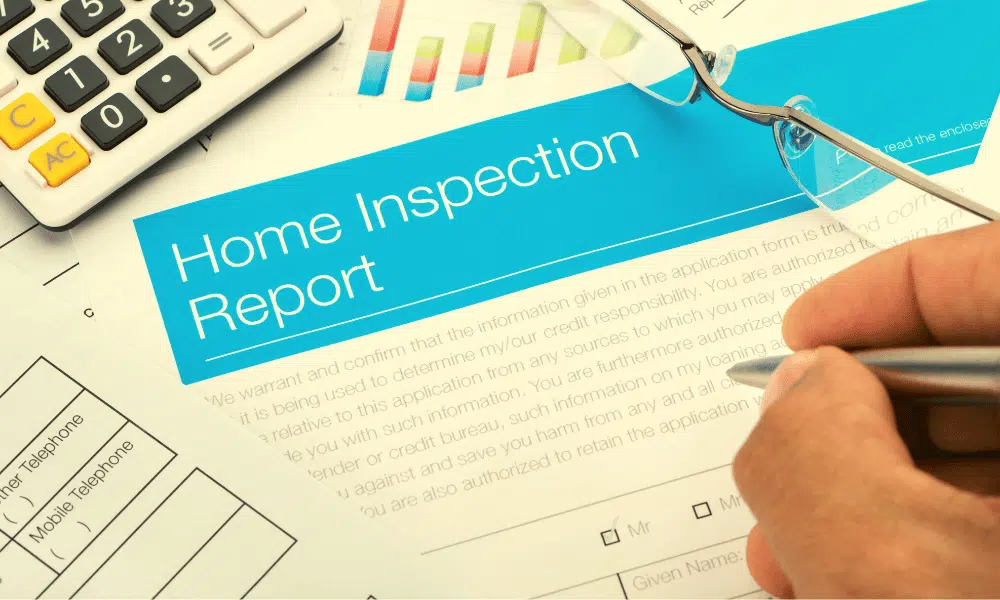Are you contemplating purchasing a new dwelling? Do you wish to invest in a secure, healthy property? For first-time buyers, being certain of a smart investment means having a home inspection. What exactly does a home inspector seek? What should one anticipate in a home inspection?
The necessary items for a proper home inspection checklist will be covered in this article. You’ll receive valuable guidance and tips on detecting potential problems before purchasing your dream home. Whether a seasoned homeowner or a novice home buyer, this all-inclusive handbook will equip you with the information and certainty needed to make educated choices. Also, it will support you in navigating the perplexing process of obtaining a residence.
Checking for Structural Issues in the Foundation
A home’s foundation is an essential component. Moreover, significant problems can arise from any issues with it. To verify whether there are any structural issues, begin by checking the external walls for signs of cracks or bumps. Search for cracks above windows and doors inside the house; check for sloping floors. Foundation settling or movement can manifest through any of these symptoms.
Then, investigate the basement or crawlspace for any traces of water damage or walls starting to bow. Examine carefully for any openings present between the foundation and floor joists. It’s advisable to contact a professional contractor to assess and fix any significant problems you detect.
Dealing with any underlying issues in the foundation is important to avoid their progression over time, leading to more complex problems that can arise. Your home will be in great condition and retain value if you attend to these problems early on.

Investigate the Roof, Gutters, and Downspouts
Examining the roof, gutters, and downspouts thoroughly is crucial when conducting a comprehensive home inspection since any damage affecting the roof may cause serious complications, as this part safeguards all parts of a building against harsh climatic conditions. Inspecting a roof includes looking for missing shingles and checking if there are any signs of water damage or leaks in the attic, so in the same way, guarantee that your chimneys and vents get checked frequently for proper sealing.
An integral part of protecting a home’s foundation involves ensuring that gutters and downspouts are working well enough to direct rainwater away so we thoroughly examine your gutter and downspout system as a part of our inspection process to ensure there are no obstructions that could result in pooling or flooding near your home’s foundation. Gutters that are not properly installed or have been damaged can cause significant structural damage over time, so to ensure your safety and save money on repairs, you should detect problems early.
Conducting a complete review that spots potential issues and prevents them from becoming significant can provide contentment. Awareness of a secure roof structure, well-functioning gutters, and downspouts can bring out natural confidence. Additionally, it will provide a shield to your investment against all weather-related troubles
Inspecting windows, doors, and walls for gaps and leaks
Examine each wall with doorways plus windows to identify any draughts or gaps so that regular checks can avoid increased energy consumption due to weak window caulking. Prevent more serious calamities by taking swift action and repairing any house caulking damage right away
Well-installed door weather stripping is essential for maintaining a comfortable indoor climate by keeping out drafts. A mesh is necessary to cover all gaps during ventilation processes to prevent any associated hazards. Be sure to look out for indications like dampness and molds on your solid walls while examining them closely, as it might imply a structural crack issue that needs immediate attention.

Testing electrical systems and outlets
This is a very important home inspection checklist. When inspecting a home for safety, its electrical and plumbing/HVAC systems are two vital areas of consideration. Faulty wiring, overloaded circuits, and other electrics-related problems can lead to disastrous events such as electric shocks or fires; therefore, testing the electrical elements and outlets is crucial. Similarly, it’s important that the plumbing/HVAC components are checked for any potential issues.
An expert inspector wields specialized tools to cross-check electric wiring throughout the home. This process includes assessing the adequacy of grounding for voltage levels and determining if any signs of harm or disrepair exist. After a comprehensive assessment, a comprehensive report is generated – documenting all issues revealed in the test.
Homeowners need to keep potential electrical hazards in mind. Accidents can be prevented by simply avoiding overloading outlets with multiple devices and regularly checking cords for fraying. Not using an appliance? Unplug it.
As a homeowner, having a licensed electrician conduct an annual electrical inspection is suggested. This guarantees that all is updated and in working order. Electrical safety can be maintained proactively, protecting your family and giving you peace of mind.
Inspecting the Plumbing System for Leaks and Corrosion
As part of the house inspection service provided to clients, we include a comprehensive look at their plumbing so capable inspectors ensure that the visual pipes, including drains and fixtures, perform adequately. Investigating for seepage and corrosion may bring about costly restoration.
Inspectors do leak detection with the help of moisture detectors and infrared cameras to determine any wear or corrosion on any pipes or fixtures. To ensure no possibility of missing anything relevant, all sinks, along with bathrooms, are carefully inspected by an expert. For proper draining of the system, it is necessary to water it.
The inspector will note all defects so that the homeowner can address them before they worsen, and the solution to minor plumbing issues could involve either repairing them or getting replacements.
Look Out for Signs of Water Damage
Homes suffer damage due to the invasion of water that causes destruction. To prevent mold growth and avoid potential structural issues that may arise from water damage in the future, you should put it on your priority list when inspecting homes.
The task can be initiated from either of these places – basement or crawlspace, so water can easily ingress into these areas because of the foundation cracks. If you see stains or damp areas on your walls or floors, it could suggest an excess amount of moisture, and when you notice a musty or moldy smell, you should consider it a sign of water damage.
Inspecting all areas, including bathrooms, kitchens, window sills, and door frames, is important, so thoroughly inspect the walls and ceilings to identify any possible moisture damage, including peeling paint or wallpaper. Infiltration of water can be determined by the level of softness.
Water damage revealed during a home inspection shouldn’t cause you to panic, as fixing problems becomes stress-free with the help of an accomplished contractor. Avoiding major fixes begins with identifying these concerns early on and preserving the great state of your newly purchased dwelling for many years.

Testing Heating and Cooling Systems
The HVAC system is crucial to any house to ensure comfort throughout all four seasons. During a home inspection, it’s vital to check these systems to ensure they’re operating effectively and carefully.
The primary step in checking heating and cooling systems is to turn them on and verify airflow. Inspectors should also search for strange sounds emanating from the units and indications of depletion or impairment. Checking the air filters is worthwhile because they can reveal potential system performance problems.
A qualified home inspector possesses a trained eye for detecting problems early on before they worsen or become dangerous. Fixing HVAC systems can incur high expenses, which homebuyers should be mindful of. Obtaining an accurate assessment during a home inspection can prevent costly future repairs, therefore, it is highly recommended. Proper maintenance is the key to unlocking years of dependable service from these essential systems for new homeowners.
Checking for Pest Infestations
Homeowners often face significant problems with pest infestations. Those who live inside a house facing pest problems are in danger as pests can cause structural damage and pose health risks. To locate pest infestations, start by examining the outside of your home for any indications of damages or potential entry points. Your home could have pest entry points that can be located using this.
Pests like termites, rodents, cockroaches, ants, and bees are commonly encountered in households. Holes in walls or floors, chewed materials, droppings, or visible insects or rodents could indicate an infestation. A professional home inspector will inspect areas like basements, crawl spaces, attics, and other places where pests might hide.
Preventing any further damage requires addressing issues promptly. Additionally, it assists in protecting your family from potential hazards presented by these undesirable guests. Detecting any issue early can prevent costly repairs in the future. It can also guarantee that your residence stays a pleasant sanctuary for you and those you cherish.
Inspecting the Garage and Exterior Areas
The garage and exterior regions should not be ignored during a home inspection checklist. The overall condition of a property can frequently be disclosed by inspecting these spaces, which often reveal important information. Commence by investigating the garage for evidence of structural or water-related harm. Search for cracks in the walls or floors, as they may signify a bigger issue.
Lastly, scrutinize the exterior areas comprising patios, decks, and porches for any indications of wear or harm. To prevent costly repairs down the line, examine the foundation and siding meticulously for any cracks or indications of wear and tear. Early identification of issues can help take necessary actions to prevent further damage. Take heed of any drainage complications resulting in water infiltrating your home in severe rainstorms.
Conclusion
Owning a house requires conducting a detailed inspection. This sentence is similar to the one initially provided. You can achieve an informed decision with the support of this.
This useful home inspection checklist will help you ensure the safety and comfort of your family’s living space. Additionally, engaging a proficient inspector can support you in detecting any probable snags. Also, moving to a new home is important to move all your belongings carefully. Without careful handling, items could be damaged or lost during transit.
To prevent unwanted stress later on, hire Packers And Movers Banashankari. With their help, you can move your belongings to a new location without hassle. Their reliable services will make moving easier and more convenient for you.

